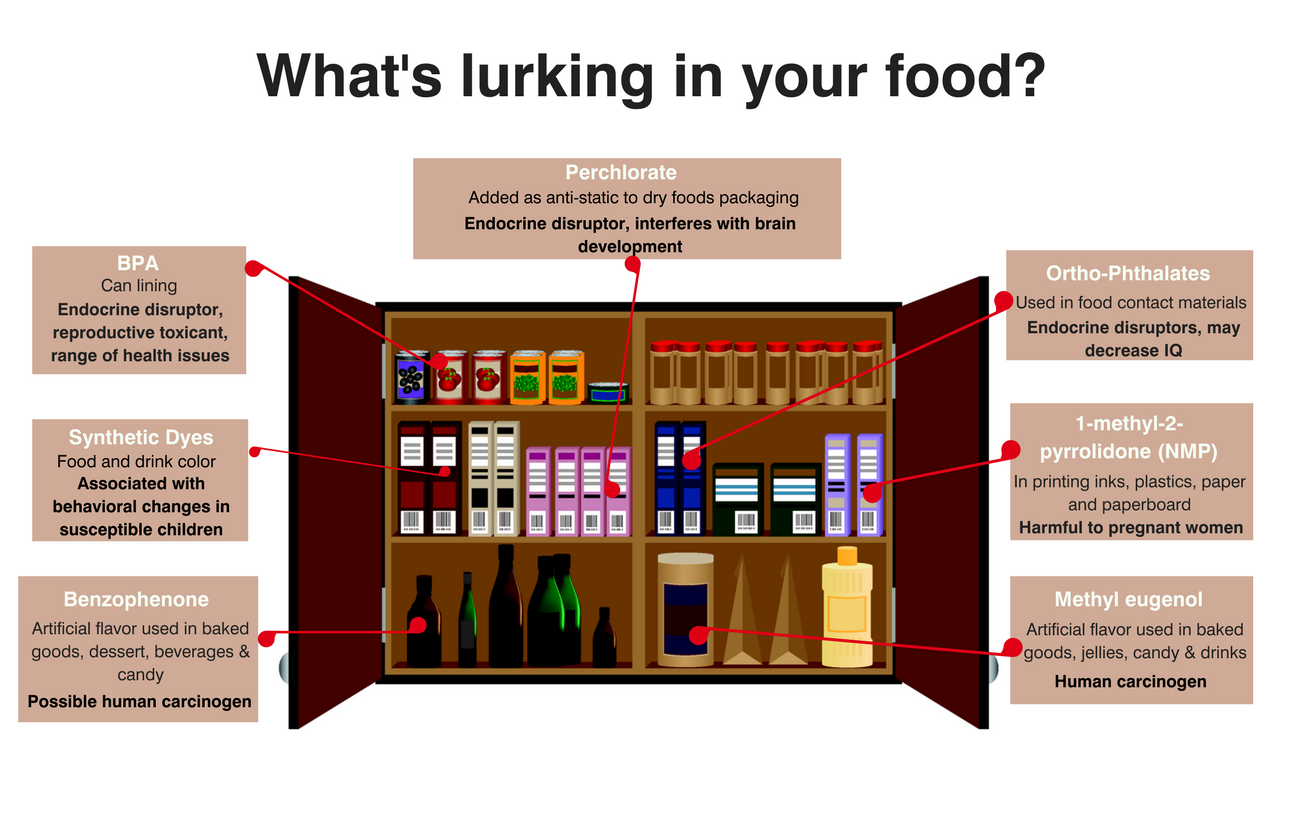Tom Neltner, J.D., is Chemicals Policy Director
The United States has made significant progress over the past fifteen years towards reducing children’s exposure to lead. While much more needs to be done to eliminate the more than $50 billion a year in societal costs from lead, the progress is good news for children since it is well known that there is no safe level of lead in children, and it can impair their brain development, contribute to learning and behavioral problems, and lower IQs.
Achieving this progress has required a diligent and ongoing commitment from all levels of government. If we expect to continue to make progress – and not backslide – the federal government needs to remain committed to reducing sources of lead exposure. So far what we’ve seen from the Trump Administration raises serious concerns about any real commitment to protecting children’s health, including from lead.
Lead has a toxic legacy from decades of extensive use in paint, gasoline, and water pipes. As long as lead is in the paint, pipes, and soil where we live, work and play, progress is far from inevitable. Protecting children from lead takes constant vigilance, especially when the paint or plumbing is disturbed. Flint provided a tragic example of what happens when we turn away. Without vigilance, the positive trends we have seen in blood lead levels could all too easily reverse course and go up. That is why the proposed cuts to the Environmental Protection Agency’s (EPA) budget, which would eliminate the agency’s lead-based paint programs, are yet another indication that this Administration is turning its back on protecting children’s health.
Mean blood lead levels in young children dropped 56% from 1999 to 2014
Data from the Centers for Disease Control and Prevention (CDC) demonstrates that from 1999 to 2014 the levels of lead in children’s blood or “blood lead levels” (BLL) dropped preciptiously. Average BLLs in young children declined by 56% during that period with the rate of decline increasing after 2010. For children with a BLL greater than 5 micrograms of lead per deciliter (µg/dL), the reduction was an impressive 86%. Read More










